
Dec 21 2023
8 min read

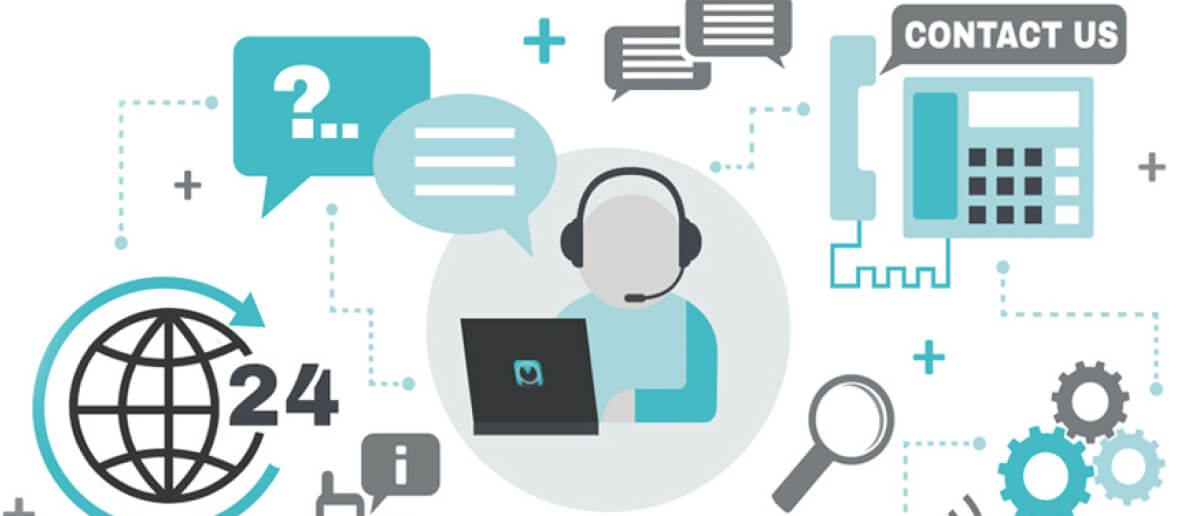
Mar
The employees who do not have a specific office constitute the deskless workforce. In simpler words, deskless workers are non-desk employees who do not have a traditional workspace and have to work either on the field or remotely. Deskless workers comprise a considerable portion of the world’s workforce.
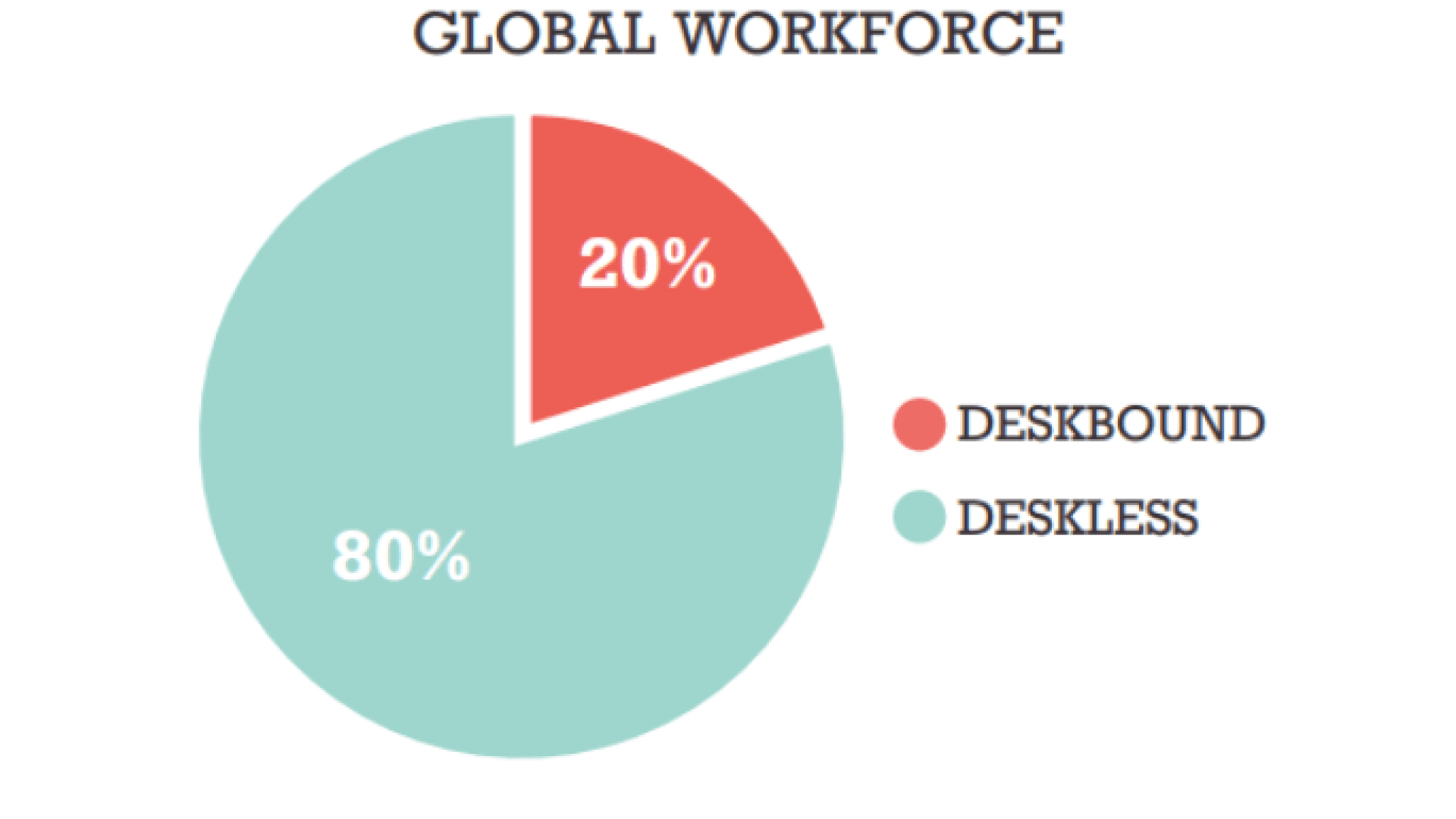
The above pie chart shows a grand share of 80% of the workforce worldwide is deskless workers.
Some examples of deskless workers are:
Frontline workers
Law enforcement workers
Retail staff
Healthcare workers
Construction workers
Field service technicians
Tele-communicators
Sales service employees
Delivery agents
Effective communication results in better collaboration, which helps build a strong relationship between various business stakeholders, including employees, management, and customers.
However, with deskless workers, communication is tricky as they do not have a traditional office setup. Let us find out some of the most pressing concerns regarding deskless communication.
Restricted access to technology: Since deskless workers do not have a traditional workspace, access to communication tools like e-mailing or video conferencing becomes limited. Also, internet connectivity can be weak in many places, making connecting with concerned people all the more difficult. The result can be frequent miscommunication and frustration, leading to a higher employee churn.
Lack of direct communication with supervisors: As the deskless workers primarily work on-site, direct face-to-face interaction with the supervisors or colleagues is limited. This is dangerous as it can lead to communication silos, take the deskless employees farther from the company mission and develop a sense of isolation.
Tight schedules: A mobile workforce is always on the run and works on very tight schedules. Even tiny errors in the timelines, such as employee shift change, can disrupt the entire team’s equilibrium, directly impacting the company revenues. That is why communication with a deskless workforce cannot be anything short of precise.
Having a few business tools in place is essential for effective deskless communication. Here are the top communication solutions for deskless workers that can effectively mitigate the pain points of employee engagement and productivity.
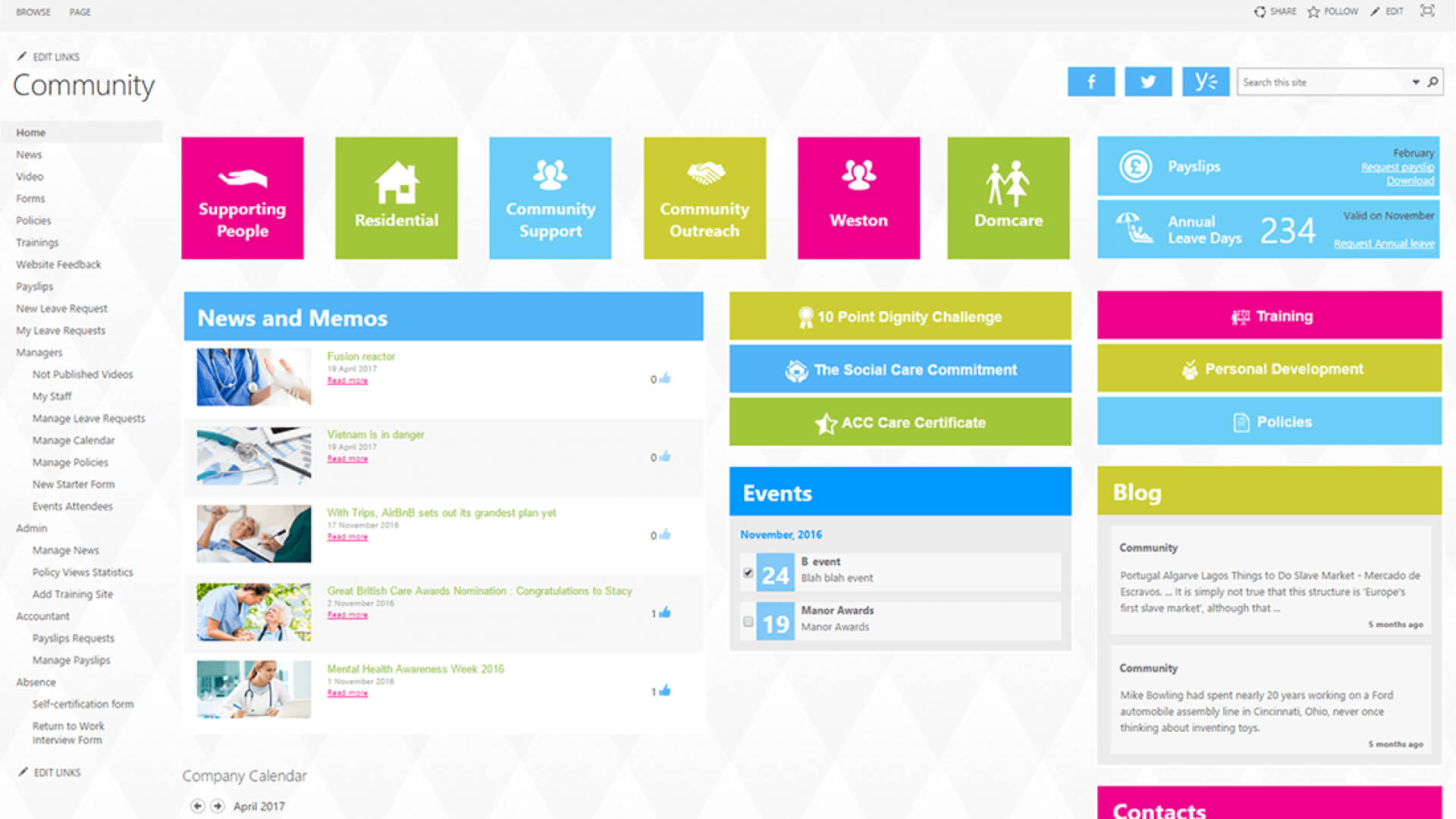
Intranets are private internal platforms created for an organization’s internal stakeholders. Popular intranet platforms are Beekeeper, Jostle, Staffbase, Yammer, Microsoft Sharepoint, and Workplace by Facebook.
These are highly secure networks and a handy tool for deskless workers to:
Learn about the company policies, rules & guidelines, and standard operating procedures of various work-related activities.
Check teammate details through employee directories.
Assess self-performance through leaderboards, customer ratings, manager feedback, and more.
Keep up with the latest company developments, such as the launch of new products, changes in the chain of command, or even customer feedback.
Get trained in advanced procedures through learning & development modules.
Participate in virtual employee engagement initiatives like fun games to win incentives, internal polls, etc.
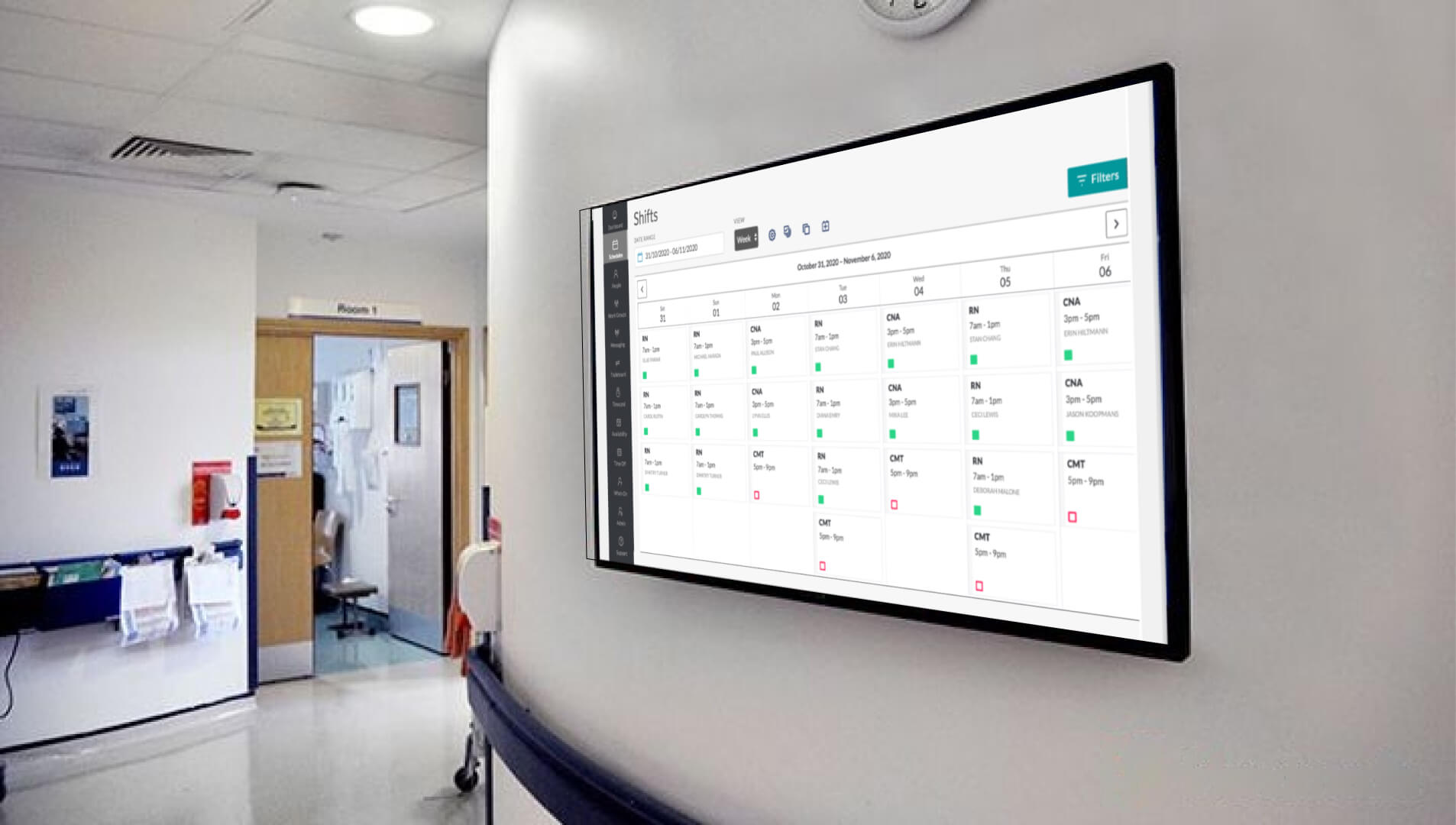
Deskless workers may not be bound by a desk with a computer system, but many are often mobile within a premise. For instance, sales reps in a retail store or supermarket may be active within different wings but within the confines of the store. That means they will encounter the in-store digital displays several times during the day.
Similarly, digital display boards are always in sight of doctors, nurses, and ward staff in hospitals or other healthcare facility centers. These screens could inform deskless workers about staff meetings, appointment schedules, upcoming events, patient information, various welfare programs, etc.
Modern digital signage software solutions like Pickcel enable integrations with business tools like KPI and sales dashboards. That means your on-premise screens will not only engage the deskless workers but also empower them with real-time business information.
We all have maintained a pen-paper to-do list at some point. Digital checklists are nothing but an electronic version of our to-do list. These can be accessed through mobiles or computers. Some prominent digital checklist platforms are Google Tasks, Microsoft To-Do, Trello, and Asana.
These are particularly helpful for those industries that must follow a routine procedure. The digital checklist can help in minimizing errors and streamline tasks.
Let us consider a workday in a restaurant. It’s full of routine procedures regarding the quality check of food items. In this case, a deskless worker’s digital checklist could include checking inventory, documenting shortage, food stocking, food quality control, surface sanitization, and so on.
The staff can easily maintain uniformity in their tasks by following the digital checklist, and it becomes easier for the supervisor to monitor the steps of food quality check as well.
This is the easiest and the most accessible digital communication solution for deskless workers. Tools like Slack and Whatsapp allow real time communication between employees. They can share files and data and collaborate easily, irrespective of their location or time zones. Mobile messaging apps also useful when deskless workers need to seek emergency help, like in the event of an accident.
Suggested Read: Top information sharing tools for any workplace
Deskless employees are often on the go and may require hands-free communication. Digital assistance tools like Alexa, Siri, and Google Assistant can help employees make and receive calls using voice commands.
These tools allow immediate access to information in situations where deskless communication is the only option. A construction worker can use a digital assistance tool to gather all the project-related information like site layout, required materials, and other technical details.

Chatbots are computer programs powered by artificial intelligence (AI) that can understand and respond to user queries. These can be very helpful for deskless employees with a customer-facing role who have to answer customer questions repeatedly.
For example, while using the government website for railways, customers frequently ask similar questions, like train timings, seat availability, cancellation policies, and so on. In many cases, deskless workers juggling multiple tasks can carry tablets with these AI chatbots, allowing customers to DIY.
AI-powered chatbots can also help deskless workers browse quick information, such as standard operating procedures, safety instructions, etc.
Let’s say, a food delivery executive comes across a dissatisfied customer demanding a refund of payment. The executive can do a quick chat with the AI chatbot and check if the situation qualifies for a refund.
We will all agree that the better the communication, the better the result. As per statistics, 80% of the workforce comprises deskless workers facing communication problems. Therefore, finding communication solutions, one of the critical factors to efficiency, is essential. Now, with the help of various digital platforms providing communication solutions to our deskless workers is convenient.
Take complete control of what you show on your digital signage & how you show it.
Start Free Trial Schedule My Demo
Dec 21 2023
8 min read
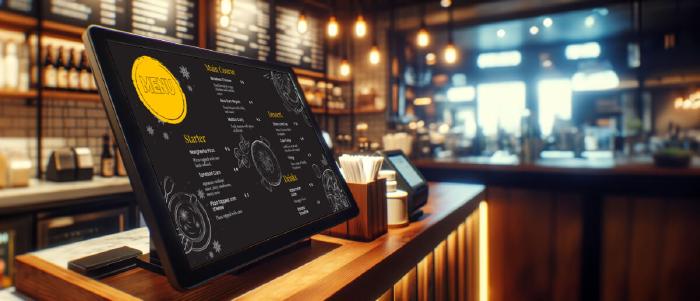
Dec 19 2023
6 min read

Dec 14 2023
7 min read
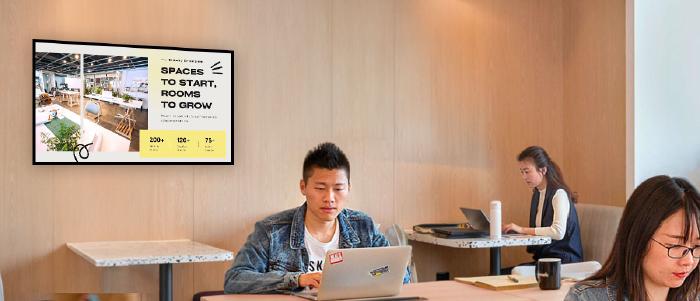
Dec 8 2023
8 min read